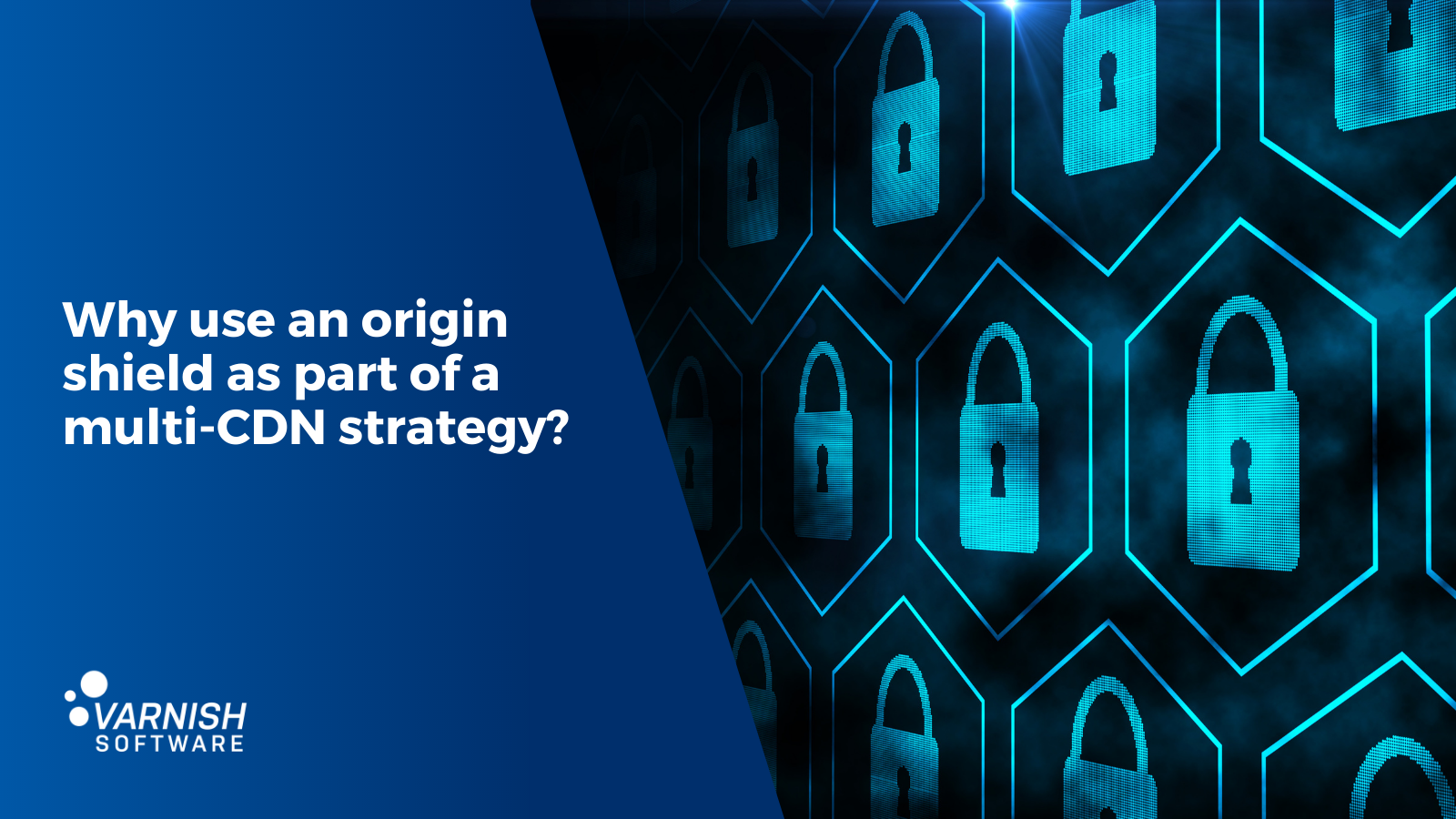Whether you deploy a single CDN or rely on a multi-CDN strategy, an origin shield is a must-have to reduce the load on the origin, protect it from overload, and safeguard performance and QoE.
Origin protection is especially important with a multi-CDN strategy for all the reasons mentioned and also for scalability. In any situation with multiple CDNs delivering massive amounts of content, there are bound to be predictable spikes (e.g., a popular piece of content like a game release, or a major news or sporting event) and unpredictable and sustained floods (e.g., the sudden, constant streaming of video when the Covid-19 crisis hit). In the “new normal” of the post-Covid world, most use cases demand a multi-CDN strategy, in which case, origin shielding is essential.
Whether traffic is predictable or not, origin shielding delivers a measure of reassurance that you’ll continue to deliver content at the scale and performance demanded.
Distributing the load: How does a multi-CDN origin shield work?
By “standing guard”, so to speak, the origin shield intercepts requests, many of them repetitive, and keeps them from hitting the origin. The whole point — regardless of whether you’re using a single CDN or a multi-CDN workflow — is to keep as much traffic away from the origin as possible.
Your origin shield is a cache that acts as a point of presence (PoP), fielding all incoming requests at the cache/PoP level. For anything that’s already cached, the PoP will serve the content, making for speedier request fulfillment. For uncached content, the origin shield PoP will collapse all incoming requests for the same content into a single request (boosting efficiency and saving time/resources) and fetch it from origin.
For multi-CDN setups, these same principles apply: your PoPs still act as a proxy for your origin, and one of these will be configured as the primary PoP, will continue to send a single request to the origin, and distribute the content to the other PoPs in the setup.
Use cases for multi-CDN origin shielding
An origin shield is always useful. For companies with multi-CDN configurations, it’s likely that high-performance content delivery is a must, making origin shielding an essential protective layer:
- Video streaming: High-performance content delivery use cases in which users are expecting a certain level of service consistently across global geographies.
- Gaming: Gaming download and update days are a big deal not just for CDNs but for the internet as a whole. As such, all companies (gaming or not) prepare themselves for a simultaneous, global rush of traffic.
- Performance-intensive use cases: Origin shielding makes the biggest difference in cases where performance (and end-user QoE) is a must and where high traffic is the norm.
- Risk tolerance: How much downtime can your business afford? This might be seasonal, for example, within the e-commerce arena, but is increasingly becoming a 24/7/365 concern for all companies doing digital business.
/VS-logo-2020-197x60.png?width=136&height=60&name=VS-logo-2020-197x60.png)



